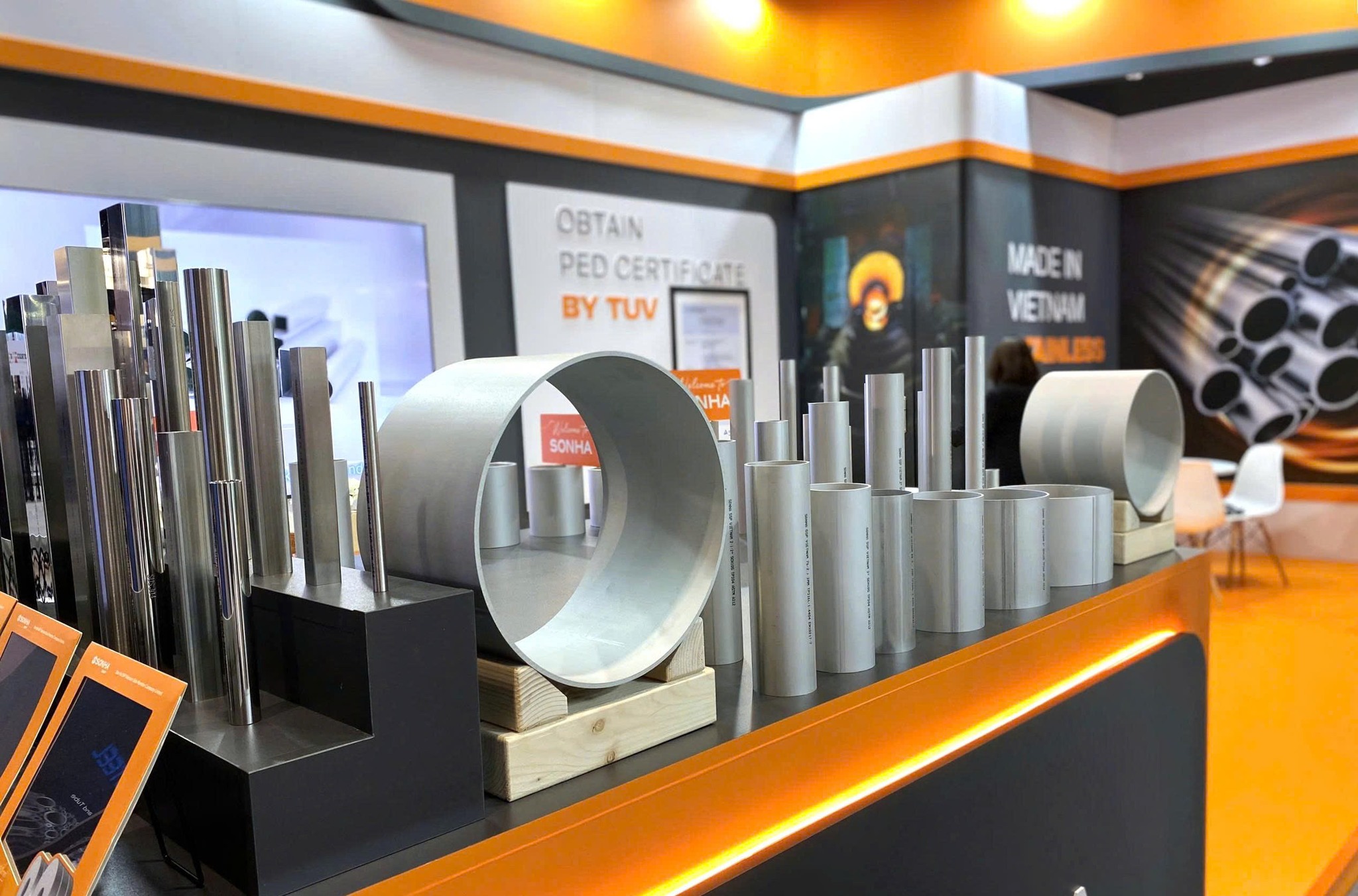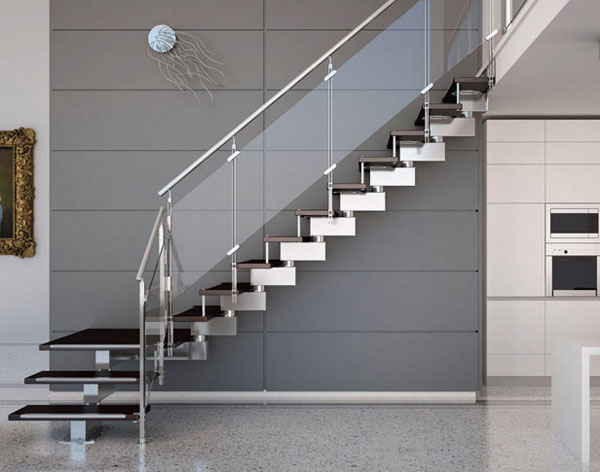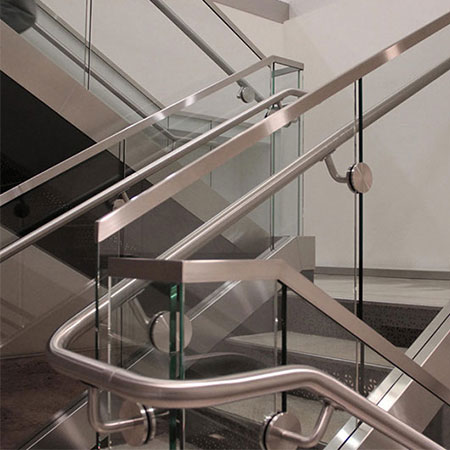What is cold rolled coil? Application of cold rolled coil
Cold-rolled coil plays a crucial role and is widely applied in various industries and manufacturing sectors. This product is favored due to its superior characteristics such as high strength, ease of processing, and good corrosion resistance. So, what is cold-rolled coil? How is it manufactured? What are its characteristics and industrial applications? Let’s explore this in the article below.
1. Definition and Manufacturing Process of Cold-Rolled Coil
1.1. Definition
Cold-rolled coil is a steel product manufactured through the cold rolling process, where steel sheet (typically hot-rolled sheet) is cooled and re-rolled at low temperatures to achieve the desired mechanical properties and dimensions. Simply put, after the hot rolling process, the steel sheet undergoes further processing at low temperatures to increase its hardness and reduce its thickness.

Learn about cold rolled coils
Cold-rolled coil has numerous applications in construction, automotive manufacturing, electronics, mechanics, and many other fields due to characteristics such as high strength, smooth surface finish, and good corrosion resistance.
1.2. Manufacturing Process of Cold-Rolled Coil
Cold rolling is named after the rolling process—one of the final stages in steel manufacturing. The steel billet passes through rollers in various forms of coiling, stamping, and rolling, and its thickness is gradually reduced as it passes through the rollers.

In the manufacturing process, solvents are often used to prevent product temperature increase and avoid altering the product’s chemical properties. The cold rolling and stamping process also requires strict control to avoid excessive force that could cause deformation or uncontrolled surface cracks and breaks.
The manufacturing process consists of four stages:
Stage 1: Ore Processing
- The primary input materials are ores such as iron ore, pellets, sintered ore, and additives (limestone, coke).
- The ore is fed into a furnace to melt and produce molten steel.
Stage 2: Molten Steel Production
- The melted material forms molten steel.
- This molten steel is directed to a continuous casting machine, where the billet is divided into three main types:
- Billet (Bloom): Used to produce construction rebar, ribbed steel, and steel bars.
- Slab: Used to produce hot-rolled coil, cold-rolled coil, hot-rolled steel sheet, and structural steel.
- Bloom: Can be used to produce various finished products.
Stage 3: Continuous Casting
After casting, the billet can be in two states:
- Hot: The billet is kept at high temperature and rolled into products (hot-rolled steel).
- Cold: The billet is cooled and sent to the mill for reheating to create the final product.
Stage 4: Rolling into Finished Products
The cast and processed billet is transported to mills to produce final products:
- Structural Steel Mill: Produces structural steel, construction steel bars, channels, and sheet piles.
- Rolling Mill: Produces construction rebar.
- Plate Mill: Produces checkered plate and plain plate.
- Hot Rolling Mill: Produces hot-rolled steel and steel pipes.
- Seamless Pipe Mill: Produces seamless steel pipes.
2. Characteristics of Cold-Rolled Coil
Cold-rolled coil has the following prominent characteristics:
- Cold rolling only deforms the material; it does not change its material composition. Therefore, cold-rolled coil products are typically more expensive than hot-rolled steel.
- Precise and uniform thickness due to rolling at room temperature, allowing for easy control of consistent dimensions. The typical thickness ranges from 0.15 to 2 mm.
Mechanical Properties:
- High Strength: Cold-rolled coil has a lower carbon content than hot-rolled coil, resulting in higher strength. It has excellent load-bearing and impact resistance.
- High Hardness: Due to being rolled at low temperatures, it is easy to process and form.
- Good Ductility: Despite its high hardness, cold-rolled coil retains good ductility, allowing for bending and elongation without cracking or breaking.
- Flat, smooth, and bright surface finish, free from cracks or defects. The edges are usually sheared straight and sharp, without burrs or waviness.
3. Applications of Cold-Rolled Coil
Cold-rolled steel, with its superior characteristics and versatile applications, has become an important material in many industrial sectors. Compared to hot-rolled steel, cold-rolled steel has a smoother surface and higher precision, making it suitable for applications requiring precise engineering. Here are some common applications of cold-rolled coil:

What is cold rolled coil used for?
3.1. Construction Industry
Cold-rolled coil is an important material in the construction industry due to its superior characteristics such as high strength and good corrosion resistance. Common applications in the construction industry include:
- Construction Steel Production: Cold-rolled coil is used to produce rebar and coils used in reinforced concrete structures, increasing the strength of construction projects.
- Steel Structures: Cold-rolled coil is used to manufacture high-strength steel structures such as steel columns, steel beams, steel bridges, and load-bearing structures for large projects.
- Roofing Sheets and Rolling Shutters: Cold-rolled coil can be processed into roofing sheets or rolling shutters due to its smooth surface and corrosion resistance, making it suitable
- for outdoor applications and protecting structures from weather conditions.
3.2. Automotive and Aerospace Parts
Cold-rolled steel has standard hardness, high strength, and good deformation resistance, making it an ideal choice for manufacturing parts in the automotive and aerospace industries, such as car frames, aircraft fuselages, or engine components, enhancing durability and safety.
- Car Bodies: Cold-rolled coils are used for car bodies, giving cars durability, lightness, and ease of forming into complex shapes.
- Mechanical Parts: Manufacturing components such as frames, doors, panels, and many other details in the structure of cars and airplanes. With corrosion resistance, cold-rolled coil increases the durability and lifespan of these parts.
- Other Parts: Such as fuel tanks, truck bodies, engine components, etc.
3.3. Electronics Industry
In the electronics industry, cold-rolled coil plays an important role in the production of electronic components and electrical equipment. Applications include:
- Electronic Components: Cold-rolled coil is used to manufacture electronic components such as printed circuit boards (PCBs) and control boards, ensuring stability and high precision of electronic devices.
- Electronic Equipment Housings: Cold-rolled coil can be used to produce housings for computers, mobile phones, tablets, and other consumer electronics due to its smooth surface and ease of processing.
- Shielding and Conductive Parts: Cold-rolled coil is also used to produce components such as electromagnetic shielding and conductive elements in electronic devices, ensuring performance and product safety.
3.4. Mechanical Engineering
Cold-rolled coil is an indispensable material in mechanical engineering, especially in the manufacture of machinery and machine parts. Applications in mechanical engineering include:
- Machine Part Manufacturing: Cold-rolled coil is used to produce high-precision mechanical parts, such as gears, shafts, and bearings, with requirements for high strength and load-bearing capacity.
- Industrial Equipment: Industrial machinery and equipment such as cutting machines, machining tools, and other production equipment use cold-rolled steel to create high-strength and high-precision parts.
- Mold Manufacturing: Cold-rolled coil is also used in mold manufacturing, helping to create steel products with complex shapes and high precision, meeting stringent requirements in industrial production.
3.5. Furniture and Household Appliances
- Metal Furniture: Cold-rolled steel is often used to manufacture furniture such as door frames and cabinets due to its high aesthetic appeal and good load-bearing capacity.
- Household Appliances: Cold-rolled steel is also widely used in the production of household appliances such as washing machines, dryers, stoves, and microwave ovens. Due to its heat and corrosion resistance, cold-rolled steel ensures long-term durability for household appliances.
4. Market and Consumption Trends of Cold-Rolled Coil
Cold-rolled coil is currently dominating the steel market due to its superior characteristics, serving many important industries. Let’s explore the market and consumption trends of cold-rolled coil in the domestic and international markets:
4.1. Domestic Market (Vietnam)
In Vietnam, the demand for cold-rolled coil is growing strongly due to the development of the construction and automotive industries:
- Growth in the Construction Industry: Vietnam is experiencing strong growth in the construction industry, especially large projects such as high-rise buildings, bridges, and infrastructure. This creates a large demand for steel, especially cold-rolled coil, due to its aesthetic appeal and high durability. Cold-rolled coil is used in projects requiring high precision, such as steel structures, metal doors, and household appliances.
- Automotive Industry: With the strong development of the automotive industry in Vietnam, cold-rolled coil plays an important role in the production of automotive parts and components such as car frames, car bodies, or engine details. Cold-rolled steel helps increase the durability and aesthetics of products in the automotive industry, one of the fastest-growing industries in Vietnam today.
- Manufacturing Industry: Besides construction and automotive, cold-rolled coil is also widely used in the manufacturing of machinery, household appliances, and other metal products. Due to its ease of processing and high strength, cold-rolled coil has become an indispensable material in the production of machine parts, industrial equipment, and household appliances such as refrigerators, washing machines, and electronic devices.
4.2. International Market
Countries such as China, Japan, and South Korea are major markets for both consumption and production of cold-rolled coil.
4.2.1. China
China is one of the world’s largest consumers of cold-rolled coil. The country has a significant demand for steel to serve its construction, machinery manufacturing, and automotive industries. The robust development of infrastructure and increasing investment in industrial sectors have driven the demand for cold-rolled coil. China is also the world’s largest steel producer, supplying a substantial amount of cold-rolled coil to global markets.
4.2.2. japan
With its developed automotive and electronics manufacturing industries, Japan is a significant consumer market for cold-rolled coil. Major corporations such as Toyota, Honda, and many other automakers use cold-rolled coil to manufacture key automotive components. Additionally, Japan has a high demand for cold-rolled coil for electronic products, household appliances, and construction structures.
4.2.3. South Korea
Along with Japan, South Korea is one of the largest consumers of cold-rolled coil. South Korea has a highly developed shipbuilding and automotive manufacturing industry; therefore, cold-rolled coil is widely used in the production of automotive parts, ships, and industrial machinery. South Korea is also a major steel producer, with corporations such as POSCO leading the global steel industry.
4.2.4. Emerging Markets
In addition to major markets such as China, Japan, and South Korea, the demand for cold-rolled coil is growing strongly in developing countries such as India, Brazil, and Southeast Asian nations. The strong development of construction, infrastructure, and automotive manufacturing in these countries is driving the increasing demand for cold-rolled coil.
The cold-rolled coil market is experiencing strong growth in both domestic and international markets due to its diverse applications and superior characteristics. While countries like China, Japan, and South Korea continue to be major steel consuming markets, emerging economies such as India and Southeast Asian countries are also witnessing increased demand for this type of steel.
This has been some information about cold-rolled steel. Hopefully, this article has helped you understand what cold-rolled steel is, its characteristics, and its applications in current mechanical engineering industries.
Next latest post

Son Ha SSP Vietnam Shines at the World Stainless Steel Conference & Exhibition 2025 – Netherlands

Overview of Corrosion-Resistance Standards for Stainless Steel Welded Pipes

Stainless Steel Welded Decorative Pipes for Luxurious Interior Design







